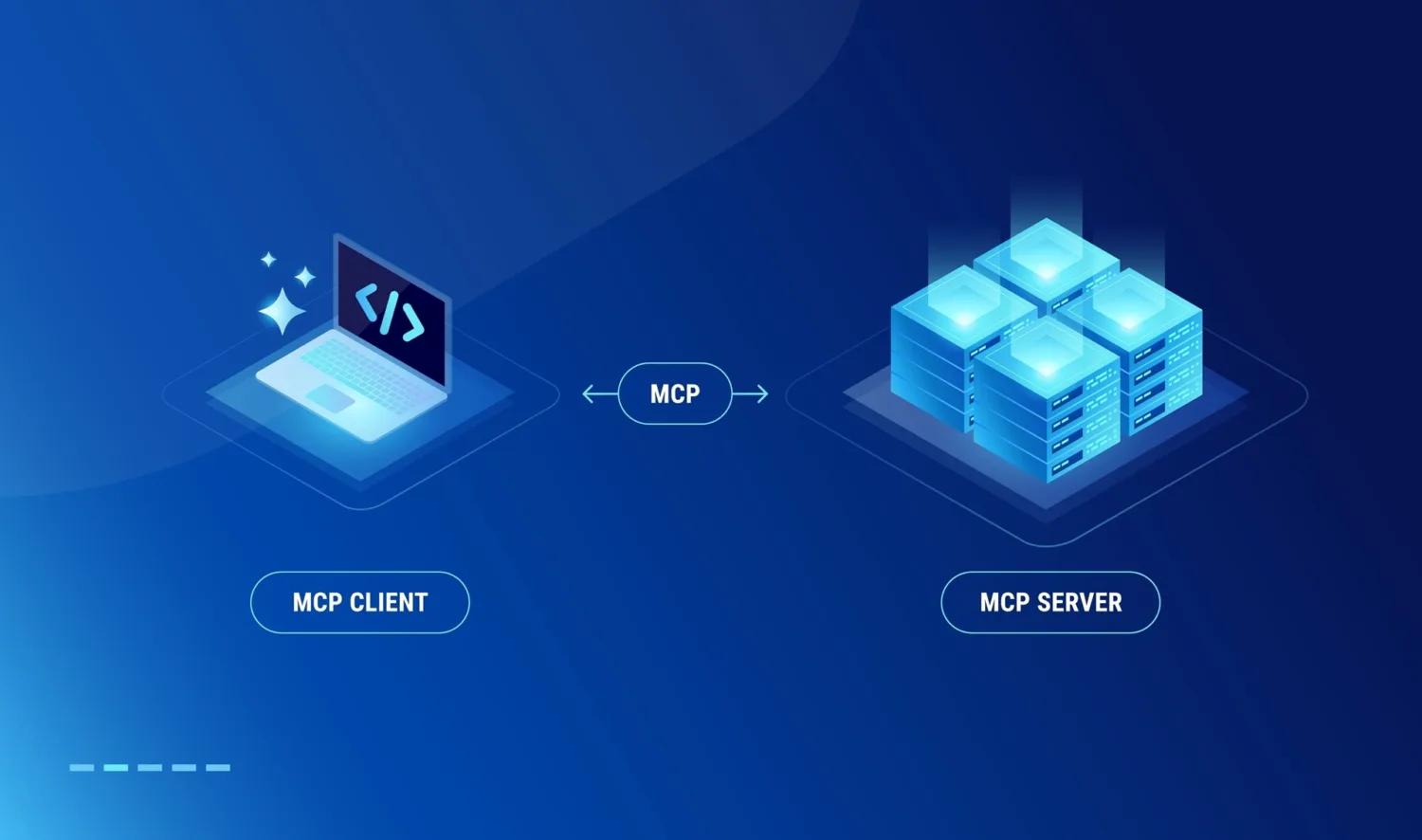Securing Your Organization with Strong Security Guardrails

Picture this. You are a developer, hard at work on a new feature for your company’s app. After spending countless hours coding, testing, and retesting, it’s finally release day.
But wait! The security team now desires a thorough review, which could take weeks, delaying the release.
If you’ve been in this situation, you know how troublesome it is when development speed and security measures collide.
In the 12th episode of Let’s Talk ASPM, Mark Lambert, VP of Products at ArmorCode, and I explore a compromise that can help balance development speed and AppSec – security guardrails, and not release gates.
Development speed & AppSec posture
Security and speed are two sides of the same coin in software development. On the one hand, you want to create a secure application that can withstand any attack. On the other hand, you don’t want to spend so much time securing your code that you fall behind your competitors.
Also, let’s face it. Time is money. But when it comes to developing secure applications, cutting corners can lead to vulnerabilities that attackers can exploit. Finding a balance between these two priorities is key.
Security guardrails: the solution
“A guardrail is supposed to stop you from going off the cliff”
Guardrails, at their core, are a set of measures designed to prevent security issues from occurring in the first place. This can include scanning code for known vulnerabilities, enforcing secure coding practices, and blocking risky code changes. Security issues can be addressed proactively, without slowing down development, by incorporating these controls since early development.
Bid adieu to alert fatigue
Differentiating between critical and non-critical findings can be difficult when security teams are bombarded with notifications for every conceivable issue. Consequently, important issues could be missed, and developers may waste time on less important alerts.
Security teams can focus on the most crucial issues by concentrating on guardrails that stop problems before they start, by significantly reducing the number of alerts. This means they can focus their time and resources on addressing critical threats, rather than being bogged down by a never-ending stream of alerts.
Mutual trust: A key ingredient
When developers and security teams collaborate, security guardrails become a positive force that streamlines development and allows teams to confidently build secure software products.
Here’s how the negotiation should take place. Devs must understand that security teams will only flag critical issues that require remediation and that they will be addressed as soon as possible. Similarly, security teams must trust that guardrails will detect most vulnerabilities, reducing the need for manual reviews, which can cause delays in the development process.
Summing it up
Balancing development speed and AppSec posture is crucial for building secure applications. By using security guardrails and fostering mutual trust between teams, developers and security professionals can create secure applications quickly.
Learn more about this topic from Mark and me on this episode of Let’s Talk ASPM.



